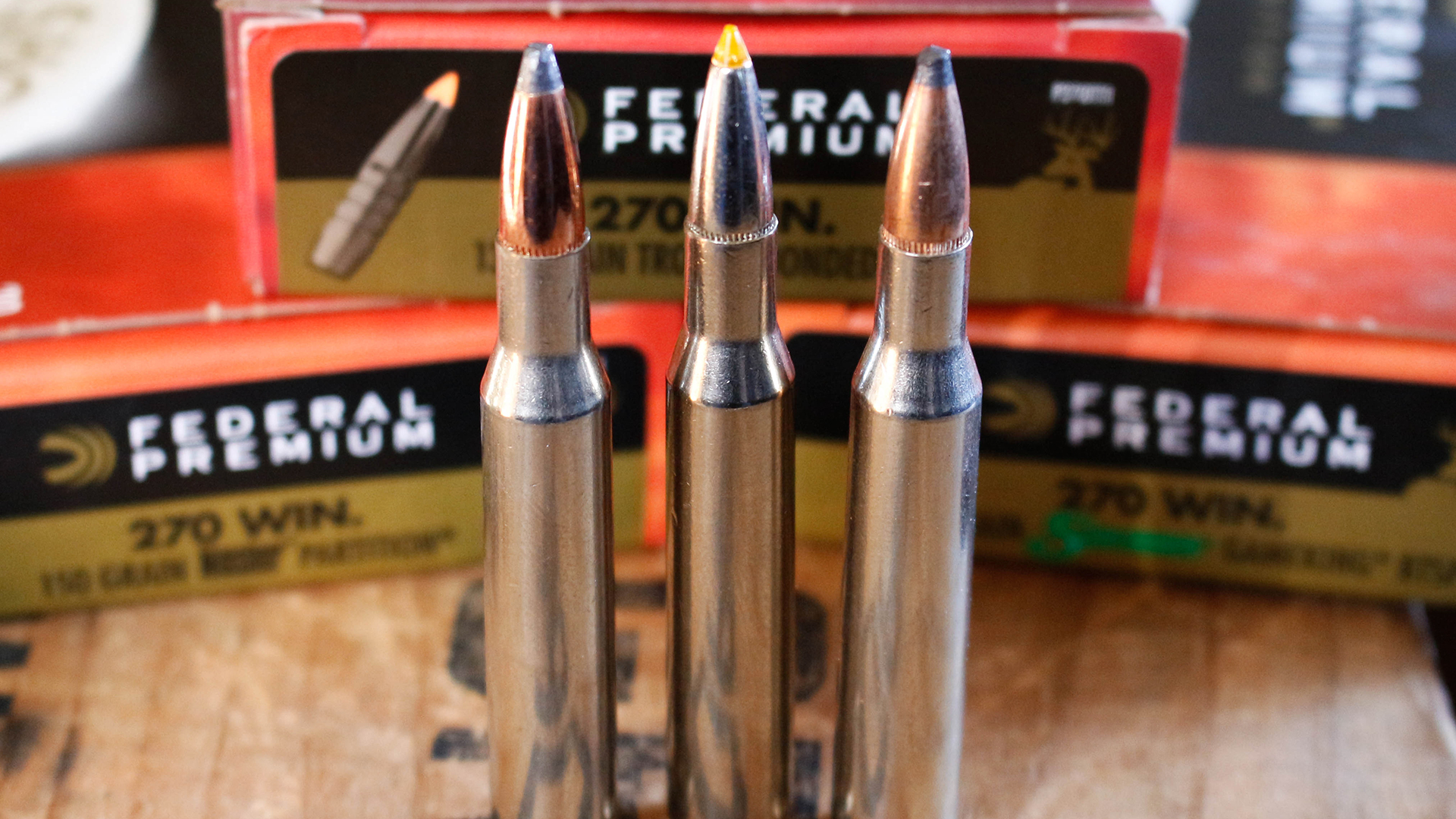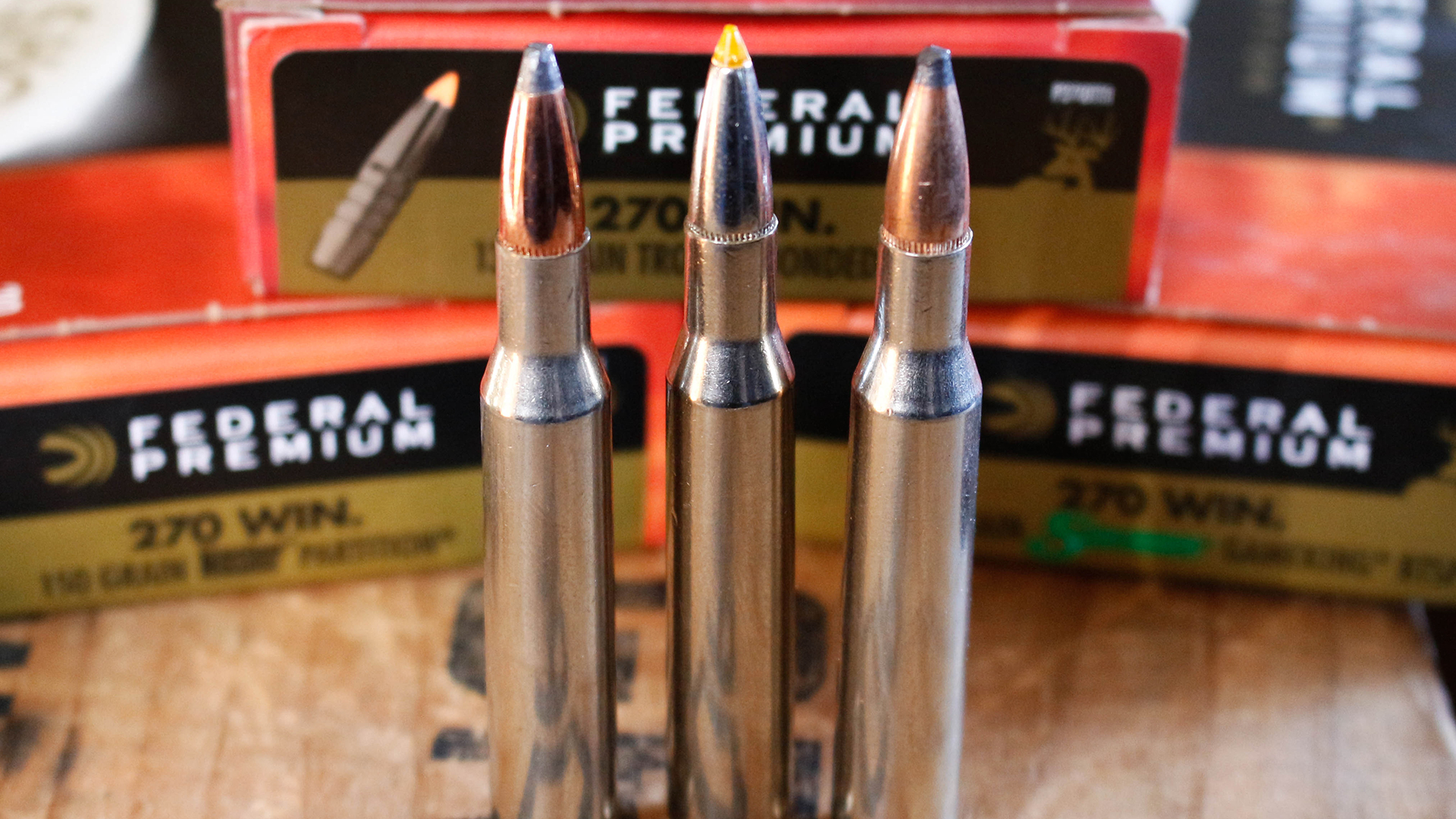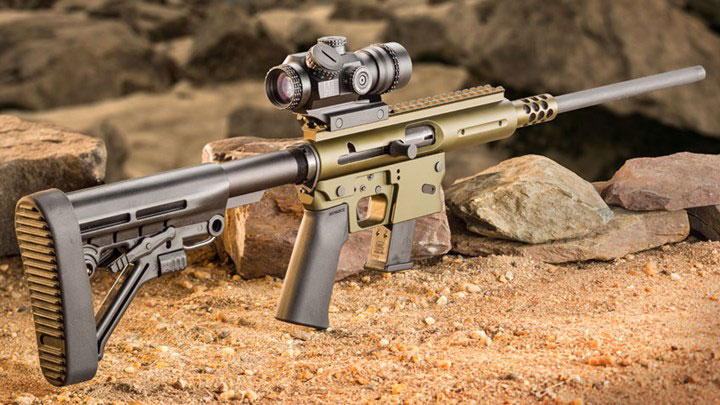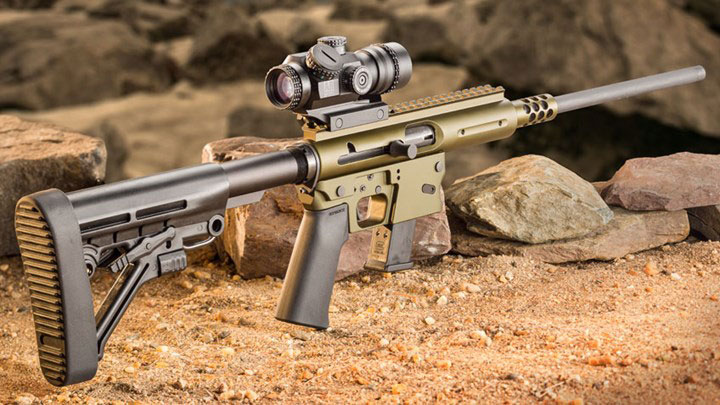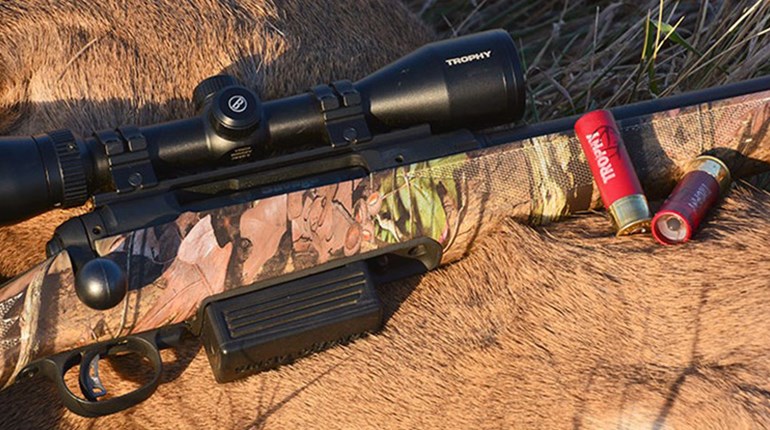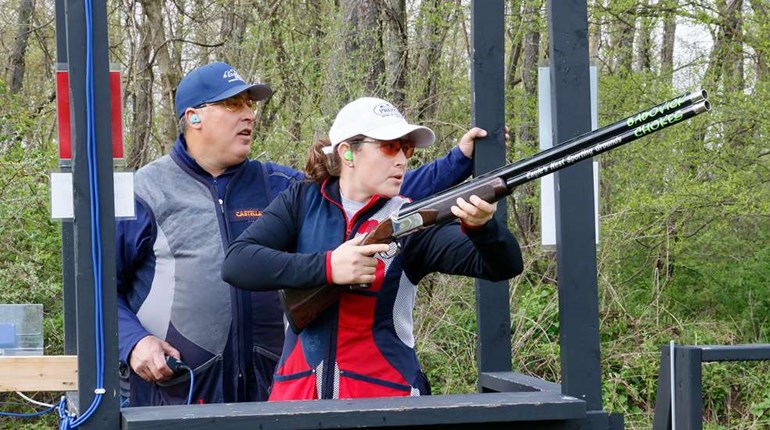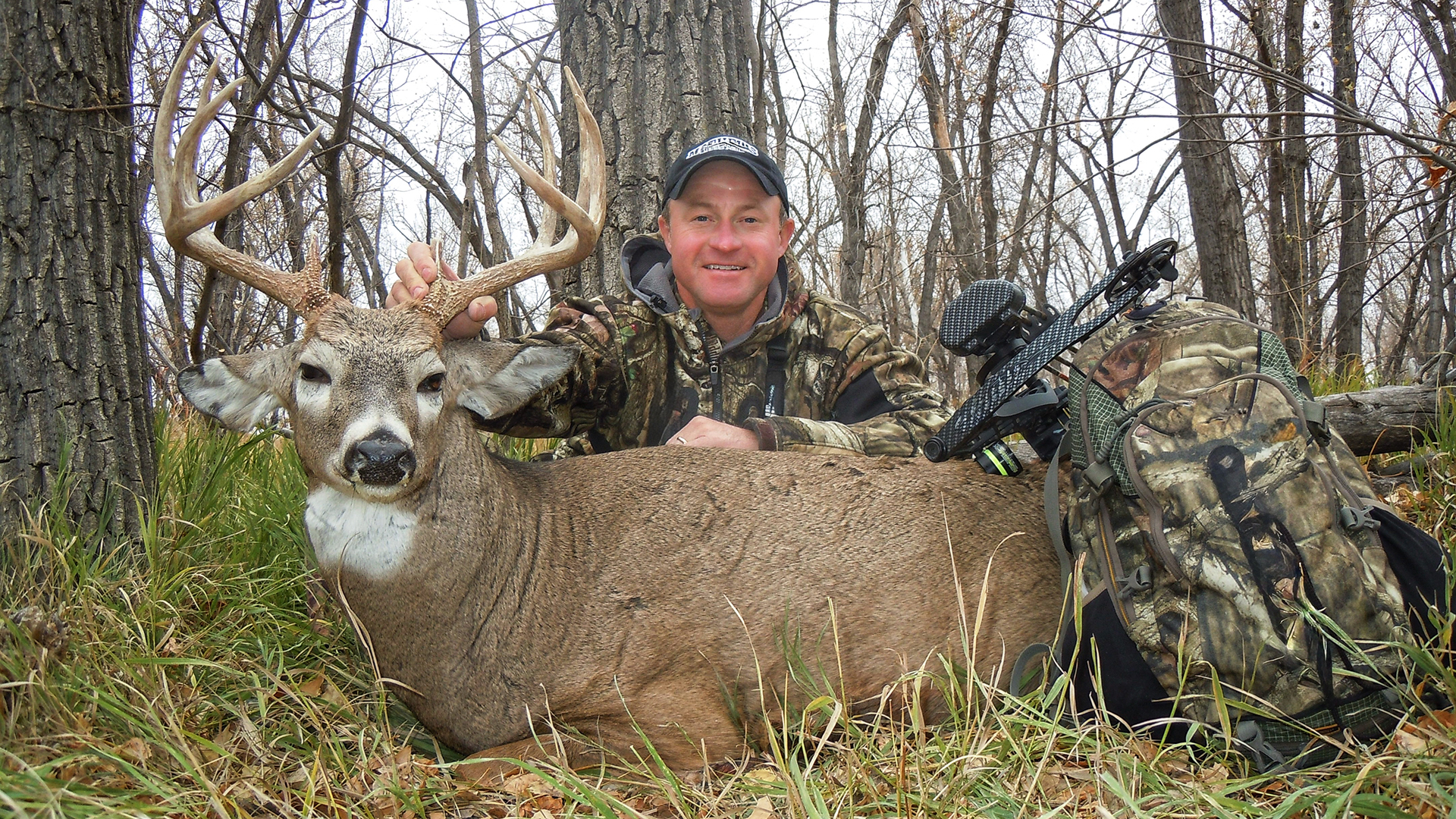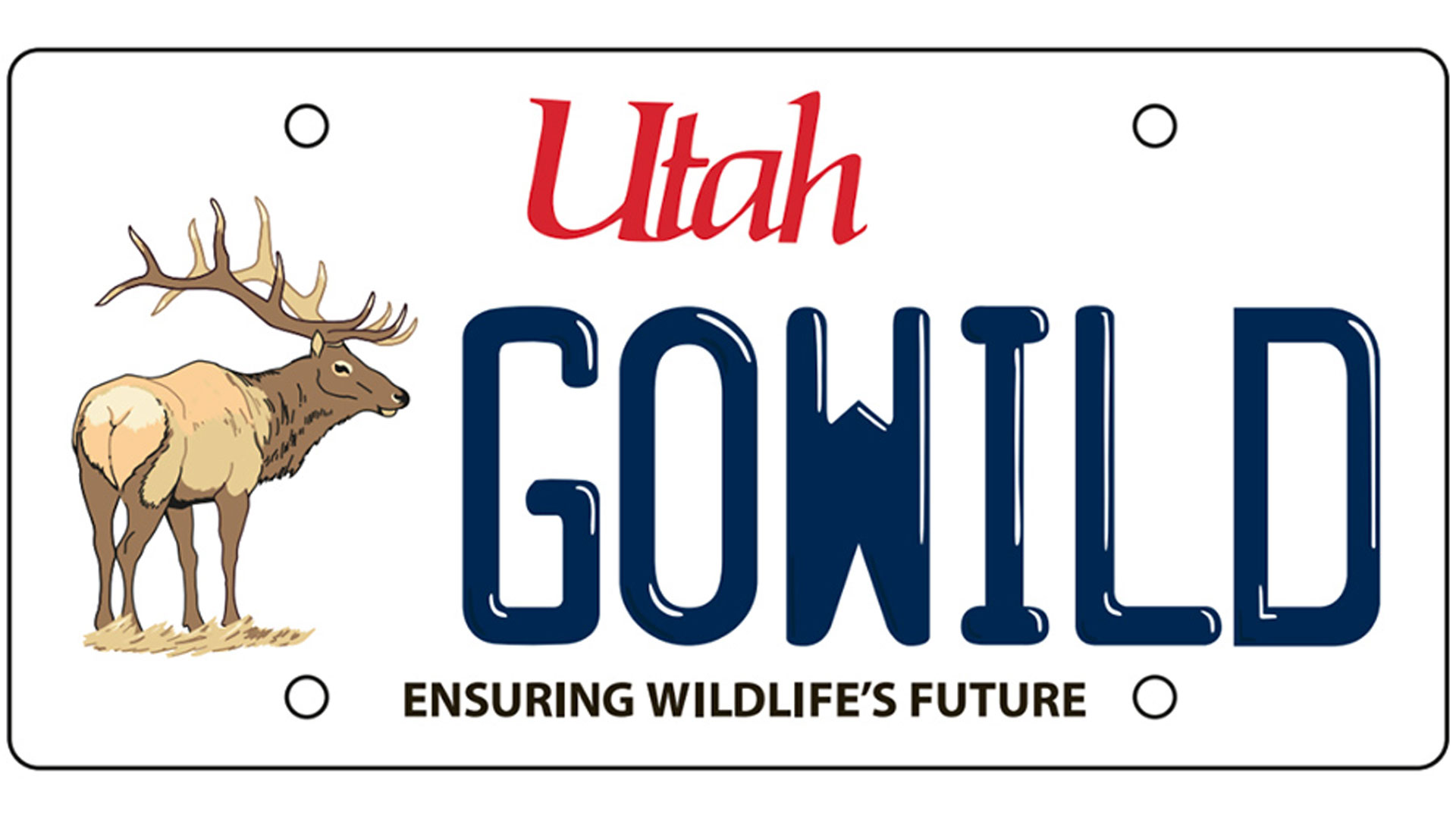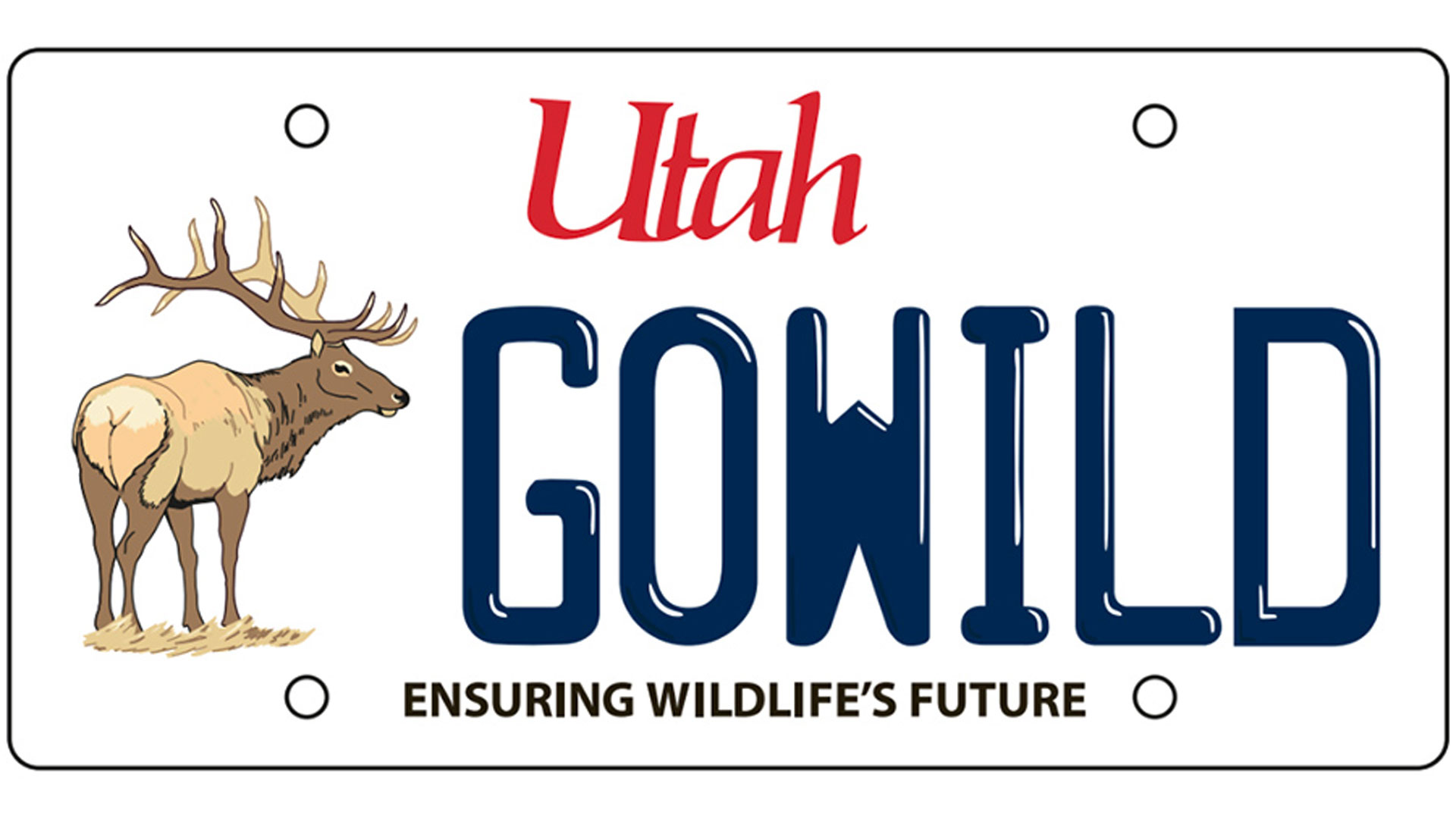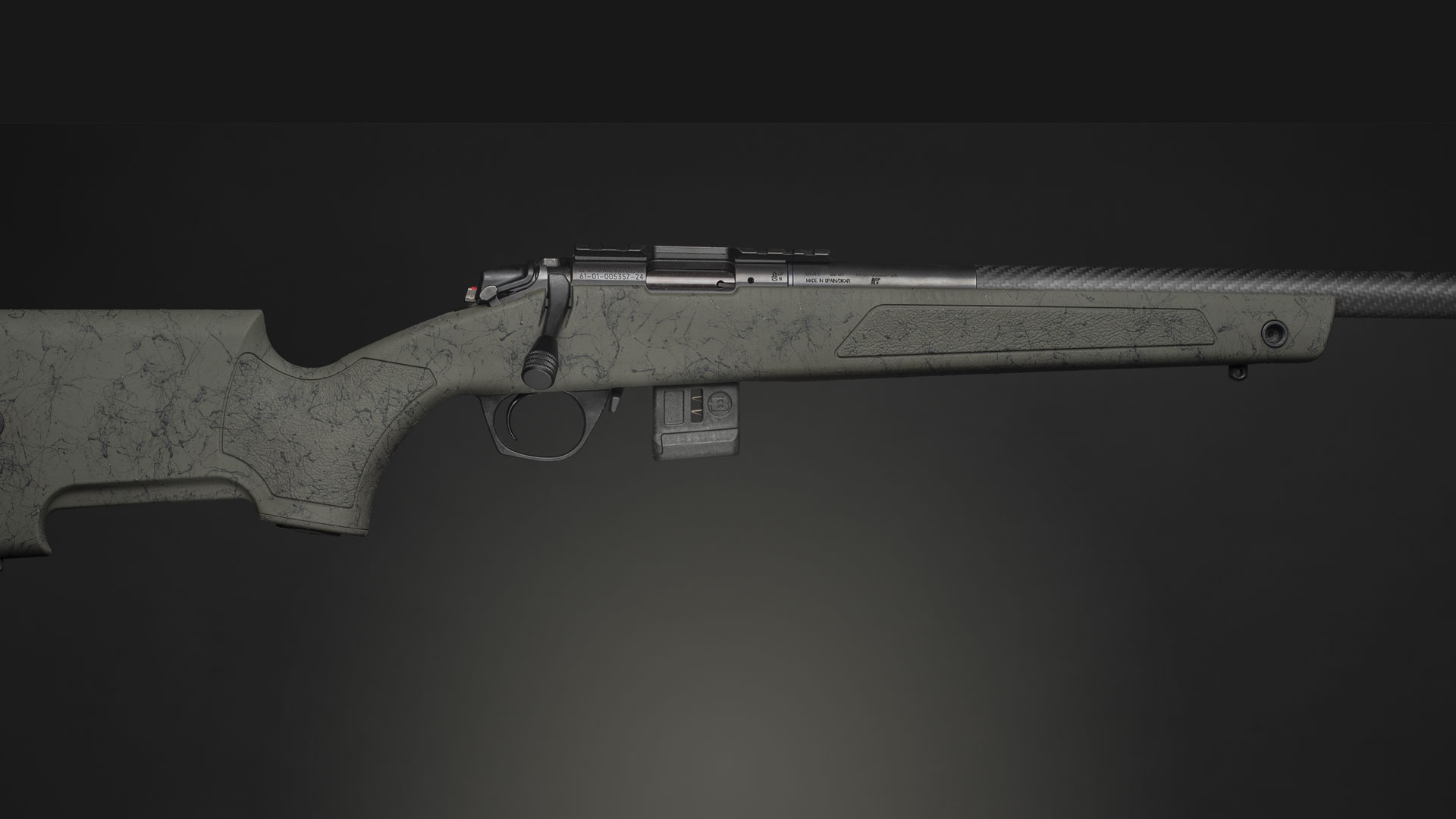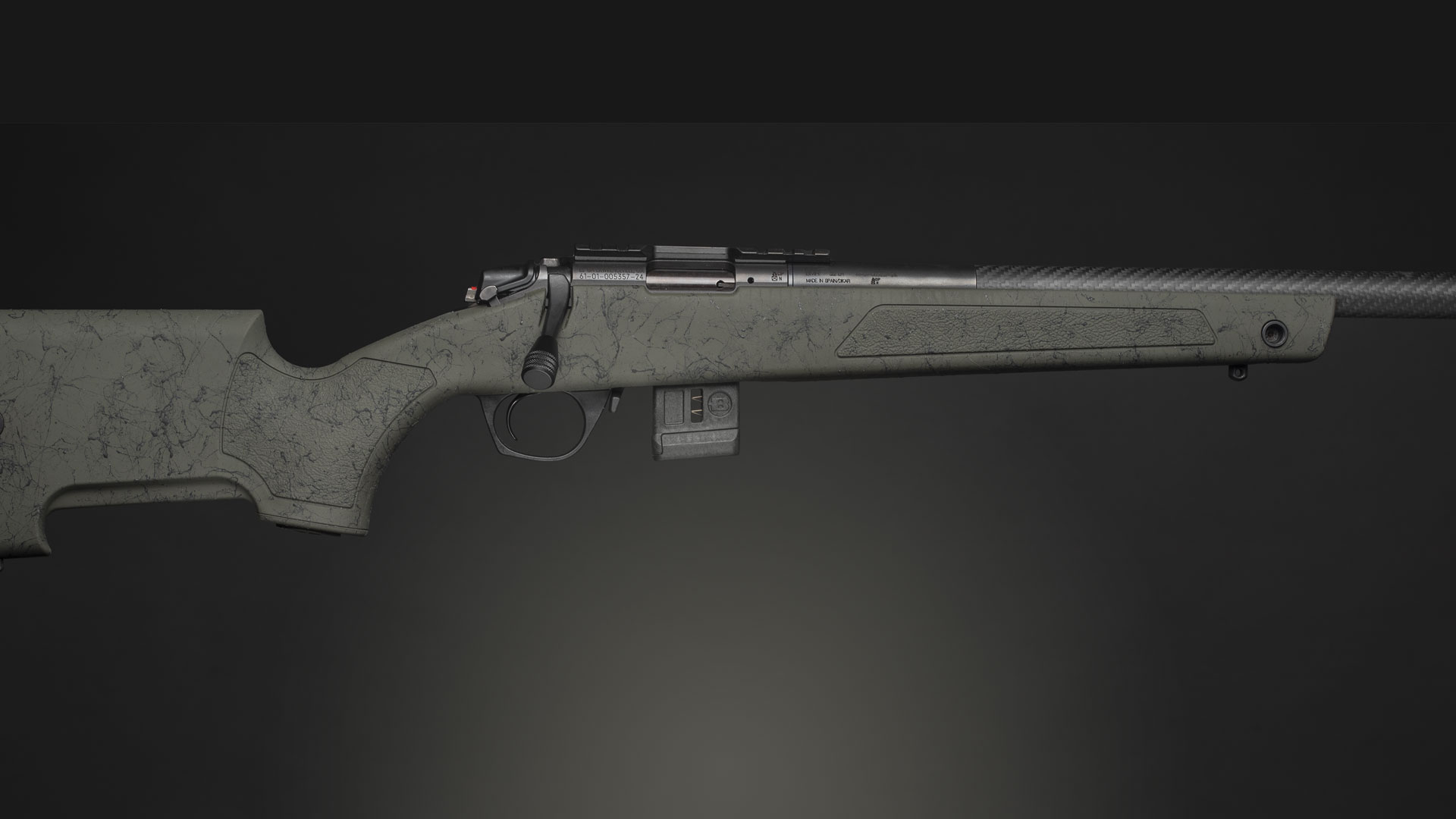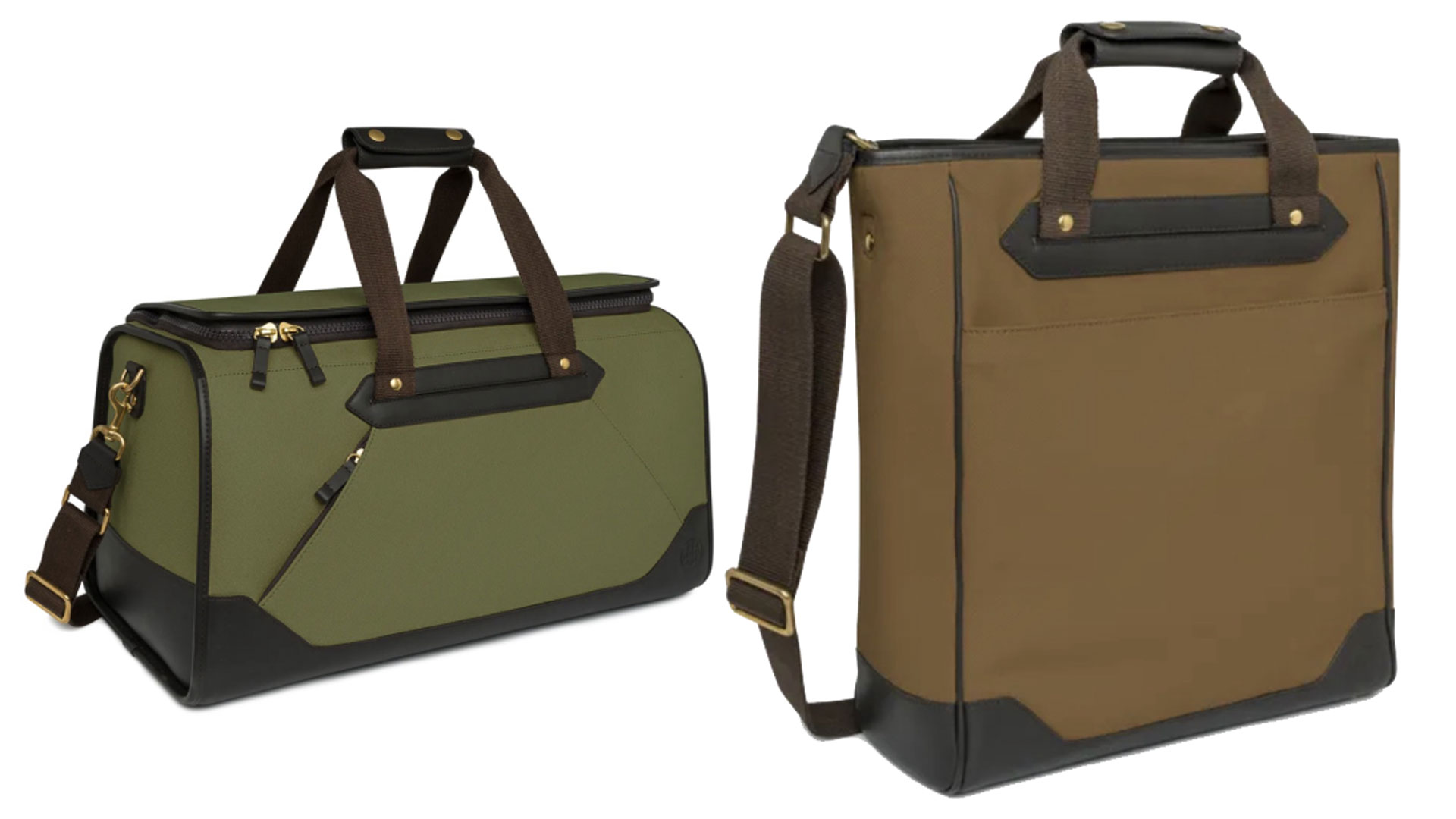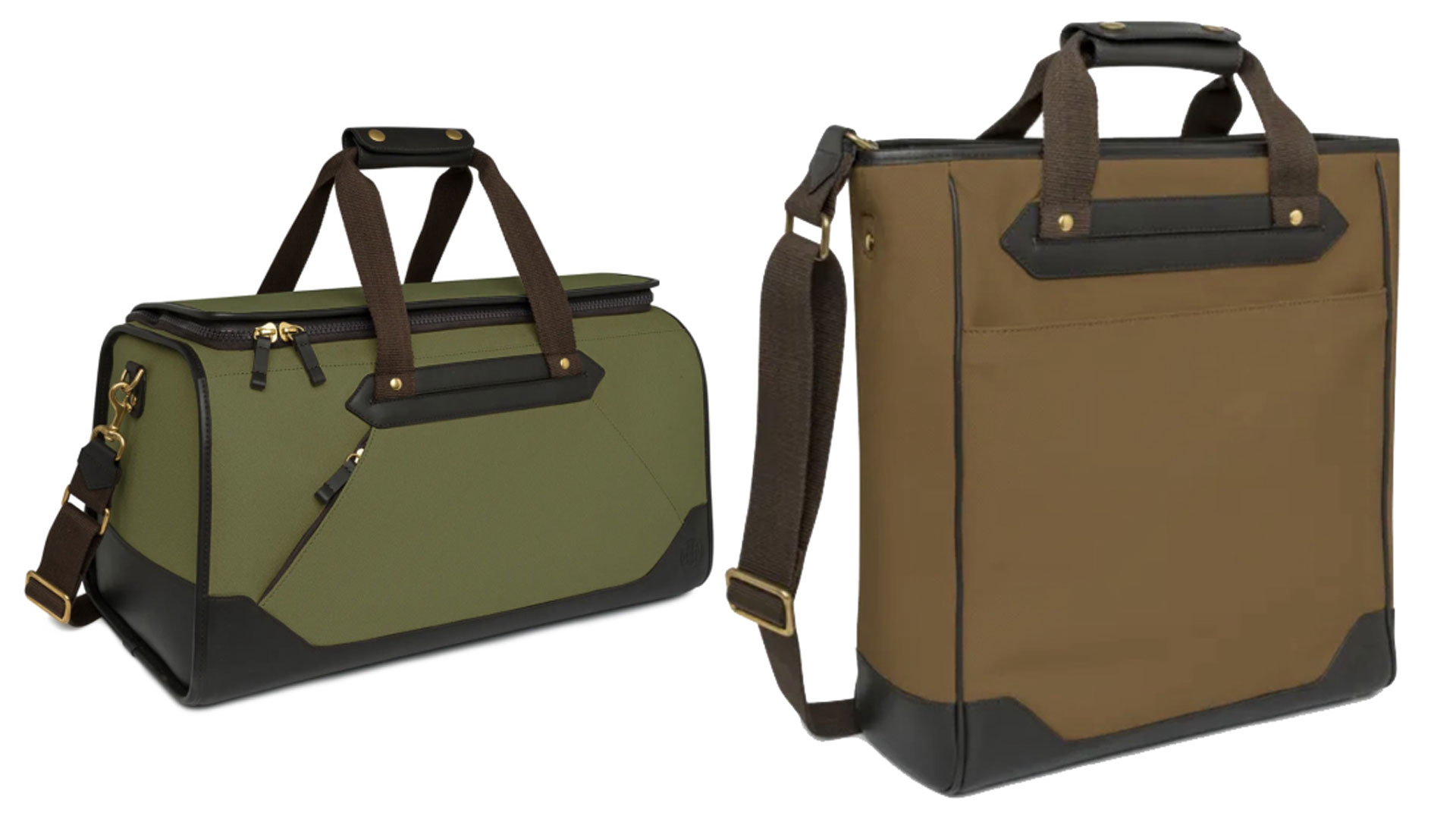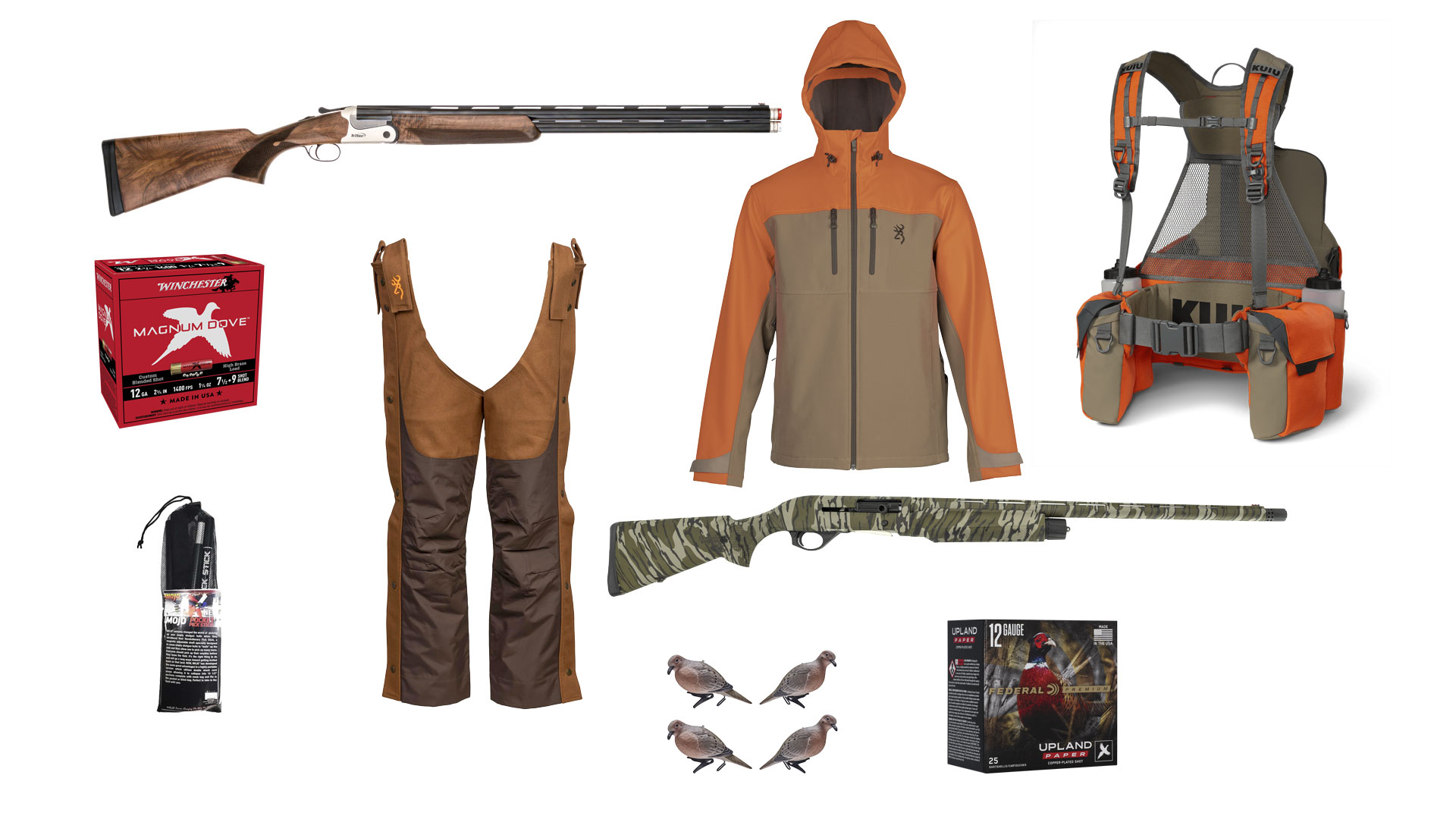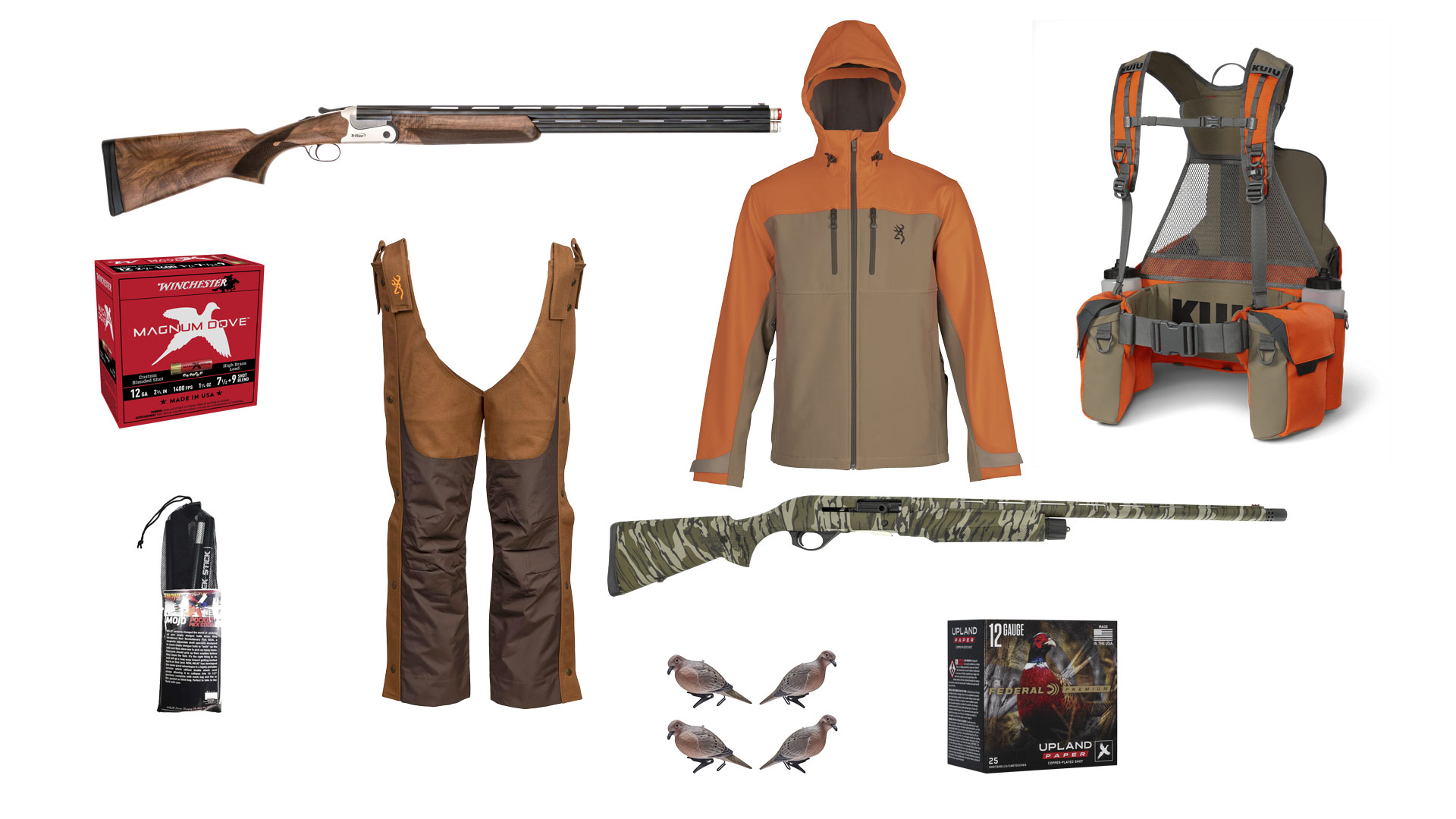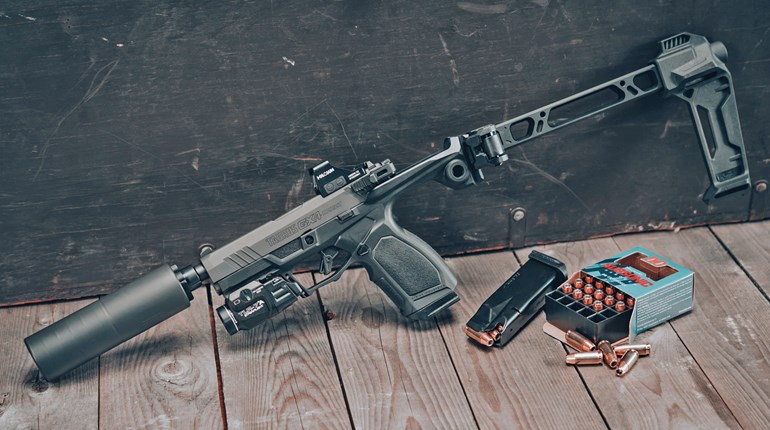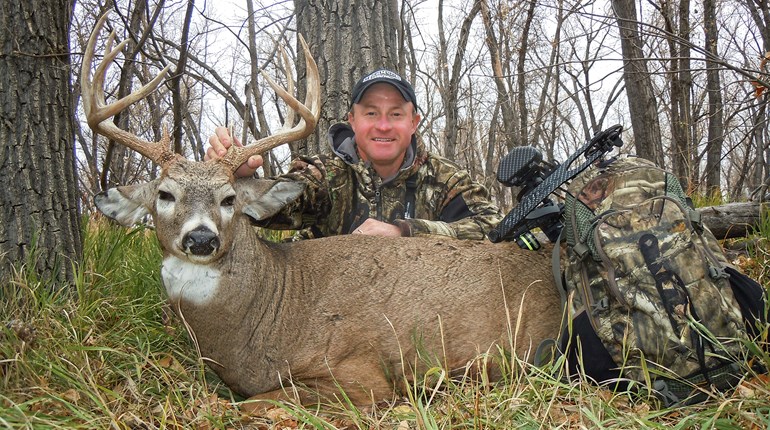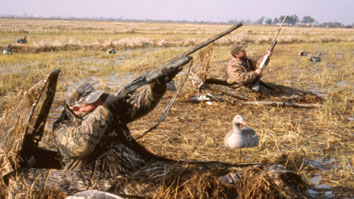
Back before I knew better, I once wrote a shotgun column on “the one gun that does it all.” In it, I declared this one gun to be a long-barreled, choke-tubed, gas-operated, 12-ga. semi-automatic with an aluminum-alloy receiver. The alloy receiver made it light enough to carry in the uplands; gas-operation absorbed recoil of heavy waterfowl loads. Its long barrel made it easier to swing smoothly at doves and waterfowl. The 12 gauge provided the choice of everything from heavy, high-velocity waterfowl loads and turkey magnums down to very light field loads, and the tubes gave the right pattern spread for anything from grouse to geese. Add a turkey choke and a rifled barrel, I wrote, and you had the only gun you needed.
I was pleased with my logic. Friends and readers, less so. “My wife read your article. Now she’s asking why I have all these guns when I only need one. Thanks a lot.”
OK, sorry. To make up for that “one gun for everything” column, here’s the opposite argument: Your shotguns should be “purpose-built,” that is, specifically designed for an intended use. A light, quick gun carries easily and points fast in heavy grouse cover, for instance, but it lacks the momentum that helps you swing smoothly on a long, crossing shot at a goose. A gun for both purposes would be a compromise. Just as no golfer plays with one club, no shooter should hunt or compete with only one gun.
How many shotguns you need (not counting backups, of course) depends on how many types of wingshooting you enjoy. Purpose-built guns can be very specific. I hunted in Nebraska with a local who carried a Benelli Super Black Eagle with an extended magazine that he used specifically for blocking the end of shelterbelts on gang pheasant hunts. I once read about a Great Lakes woodcock specialist who carried a short-barreled, open-choked .410-bore double on a sling, only loading it when his setter went on point. Both were technically “upland” shotguns, yet they couldn’t be more different.
Choke tubes make it a little harder to justify the purpose-built gun, because they add so much versatility and allow you to use one gun for several purposes. If you remember, when choke tubes came out they were billed as “a pocket full of extra barrels.” But, a choke tube doesn’t alter a gun’s gauge, action, point of impact, or balance, so there are still lots of choices to make when you pick a shotgun for a dedicated use.
Most of us can’t afford to order up a custom shotgun for every type of hunting we do; most of the “purpose-built” guns in my cabinet were actually “purpose-bought,” that is, I identified the characteristics I wanted in a shotgun for a specific use, then watched used gun racks for it to appear. As you shop for or put together your own purpose-built guns, here are the criteria to consider, along with some of my personal prejudices—feel free to substitute your own.
Gauge
The choice of a gun begins with its gauge. From largest to smallest, here are the choices.
-10 Gauge: A standard gauge in the days of blackpowder, the 10 gauge evolved into a 31/2" magnum in the 1930s, which is how we know it today. The 10 hangs on because it is perhaps the best gauge for patterning large loads of big steel shot. Although the modern non- toxics give the 12 gauge the killing range of the 10 with steel, they do it with a high price tag. If you shoot a lot of geese, and want to keep costs down by shooting steel and keep recoil down by shooting a massive gun, a 10 is for you.
-12 Gauge, 3½”: Like the 10, the 31/2" 12 came about to hold more steel shot for geese. The 12s are actually spec-ed to higher pres- sures and can shoot loads equal to the 10 at higher velocities, and the guns are much lighter than the big 10s. Fans would call 31/2" 12s more versatile than the 10; I call them harder kicking. Whatever you call it, some waterfowlers won’t own a gun without a long chamber. I read one puzzling post on a message board recently: “I may not shoot 31/2" shells, but my gun had better shoot them.”
-12 Gauge, 3”: The most versa- tile gauge of all is a 12 that shoots 2¾" and 3" shells. I use 12s almost exclusively, loaded from 3/4 oz. for targets, 11/2ozs. of steel for ducks, to 1¾ ozs. of lead for turkeys.
-16 Gauge: When built on a true 16-ga. frame, this is the ideal upland gauge, capable of shooting the 1¼-oz. loads of a 12 but car- rying like a 20. Choose your 16s wisely, however: Those built on a 12-ga frame are nothing more than second-rate 12s.
-20 Gauge:The all-around small bore, the 20 is excellent with 7/8 to 1 oz. of shot. With a 3" cham- ber, it’s fairly effective with steel and deadly with tungsten-iron non-toxics.
-28 Gauge: I once heard the 28 called “the thinking man’s 20,” which is a wonderful description. With its standard 3/4-oz. lead load, it’s a surprisingly capable, light- kicking gauge that makes up into a wonderful slim bird gun. And, although we gun writers fawn over 28s built on 28-ga. frames rather than 20-ga. frames, a 28 on a 20-ga. frame makes a great, easy to shoot and soft-shooting dove gun.
-.410 Bore:The .410, with its very light payloads, is a gun for experts who know their range limitations. Winchester’s recent introduction of steel .410 loads have me thinking I need an open- choked .410 pump specifically for rail shooting. How’s that for a purpose-built gun?
Action
Unless it’s for turkeys or singles trap, a shotgun should shoot at least twice, meaning you have the choice of a break-action double, a semi-automatic, or a pump.
Break-action: Over-unders and side-by-sides provide two reliable shots and a choice of chokes (although “instant” barrel selection can only be had with two triggers). Double guns are shorter overall than repeaters of the same barrel length. They are easy to open for crossing obstacles but hard to load in a blind.
Semi-automatic: A semi-automatic offers more shots than a double with only the pull of a trigger. Semi-automatics reduce felt recoil in both gas-operated guns and inertia action guns, but more so in the former.
Pump: Inexpensive and reliable, pumps have the same firepower advantage as a semi-automatic. Pump guns tend to be simple to maintain and, in practiced hands, are just as fast as semi-automatics. In my less practiced hands, the pumping action is fine for water-fowl hunting, but distracting when I shoot doves or upland birds.
Weight: Arguably, weight and balance are the most important criteria for a purpose-built gun. Heavy guns absorb recoil and swing smoothly; light guns carry easily and point fast. Of course, what’s light to one person may feel heavy to another. Personally, I like my upland guns to weigh from between 5¾ lbs. to just under 7 lbs. A dove gun, in my way of thinking, should be in the 7- to 71/2-lb. range, regardless of gauge. I like my waterfowl guns on the heavy side, from 8 lbs. on up to 101/2 lbs. for a 10 gauge.
Balance & Barrel Length: A gun’s balance determines what type of shooting it’s best for. As barrel length has little effect on velocity, its main effect is on a gun’s balance. All other factors being equal (barrel wall thickness, rib type), a longer barrel moves a gun’s balance point forward. Of course, other factors such as light alloy or steel receivers and dense wood change a gun’s balance point as well. Gun balance can be measured in a precise and complex manner to yield “moments of inertia,” but in a nutshell, a shotgun balances in one of three ways:
-Weight Forward:A weight-forward gun swings steadily but doesn’t point quickly. I like a weight-forward gun for waterfowl, doves and open-country upland birds.
-Neutral: What double gun shooters refer to as “between the hands” balance is good for all- around upland shooting.
-Weight Rearward: A muzzle-light gun carries easily in one hand and points very quickly but is a poor choice for long crossing targets. They are great for carrying in the brush.
Stock
The stock is the “sight” of a shotgun, and its dimensions determine not only how well it suits an individual, but where the gun shoots.
-High Shooting: The height of a gun’s comb determines whether it shoots high or flat. A gun that shoots slightly high—60 percent above point of aim, 40 percent below—provides built-in lead for rising upland birds.
-Flat Shooting: A gun with a 50-50 impact is best for waterfowl, which are often dropping into decoys.
Other Considerations
A gun chosen specifically for waterfowl might have a stock shorter than an upland gun to compensate for all the layers of clothing worn while duck hunting. It might be synthetic, even camo-dipped, which is great for battling the elements. To my stuffy way of thinking, however, a synthetic stock disqualifies a gun for upland shooting, which should be done with walnut-stocked guns only. I also like sling swivel studs on my waterfowl guns so I can keep both hands free to carry gear and pick up decoys while remaining armed, just in case the ducks finally come just as I’m calling it quits.
How you put those pieces together depends on the purpose of your purpose-built gun. Take my grouse gun, for instance: It’s an SKB 100, a 20-ga. side-by-side with 25" barrels and fixed, open chokes. It weighs 5 lbs., 12 ozs., and with a weight-rearward balance, carries effortlessly in one hand as I fend branches off with the other. The lightweight and rearward balance also means it kicks hard for a 20 and swings with the authority of a drinking straw. It’s a fine gun for close cover, poke-type shooting with light loads, but I wouldn’t use it for anything else.
Actually, that’s not entirely true: I’d use it as an excuse to buy additional guns for other purposes.






